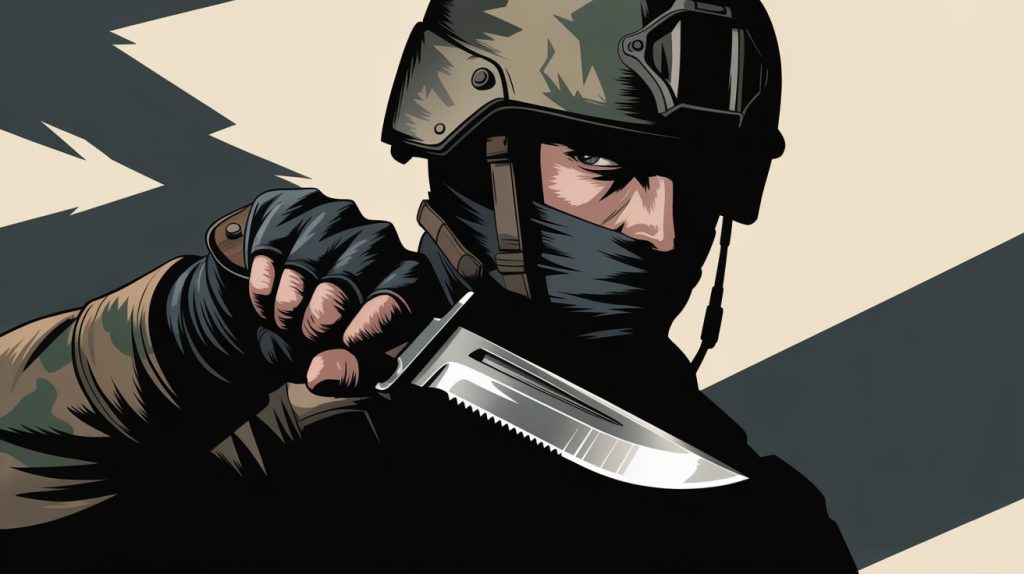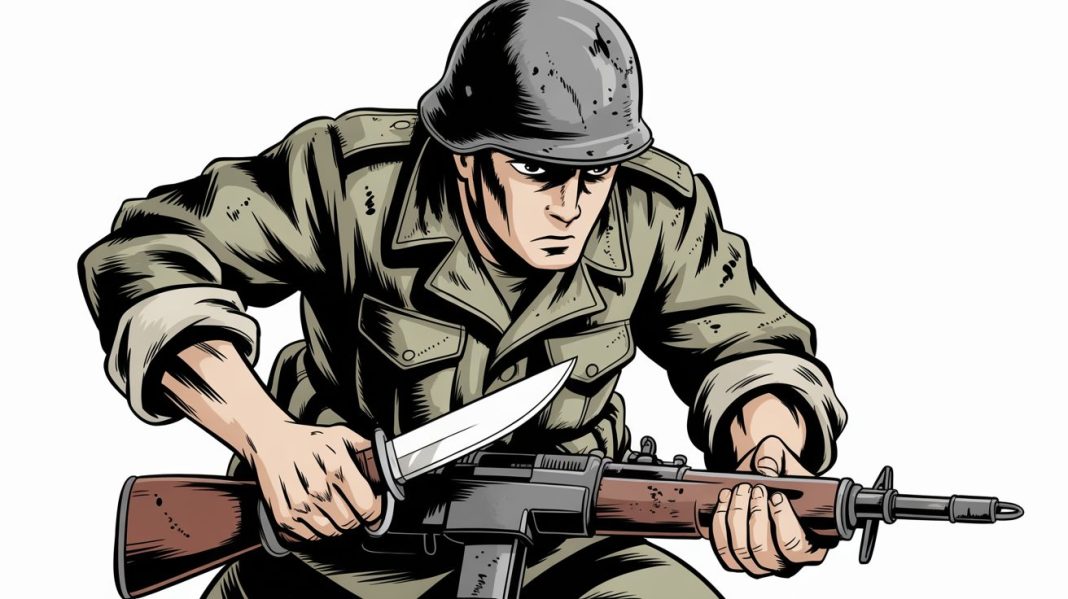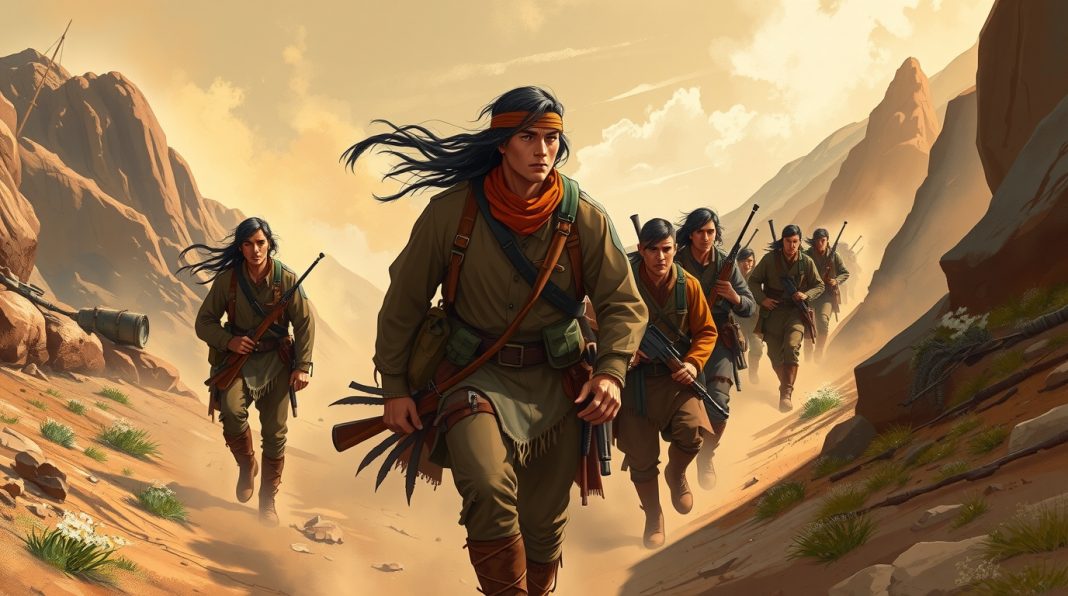Discover the story of John Styers — U.S. Marine, close-combat instructor, and author of Cold Steel. Learn about his teachers, the fighting arts he mastered, and how his training shaped Marine hand-to-hand combat.
He taught the Marines
John Styers was one of the most respected American close-combat instructors to ever wear the Marine Corps uniform. His work in hand-to-hand fighting helped shape how Marines trained during and after World War II. Many people today have never heard of him, but among old-school martial artists and combatives experts, his name still carries a lot of weight.

Learning From the Best
John Styers served in the U.S. Marine Corps during World War II. He was trained under some of the top military instructors of that era — especially Colonel Anthony J. Drexel Biddle, who is often called the “Father of American Military Combatives.” Biddle taught Styers the early Marine Corps fighting system that mixed bayonet fighting, boxing, wrestling, and fencing techniques.
Styers learned how to fight with and without weapons. His teachers were part of the group that helped develop modern Close Quarters Combat (CQC) and Close Quarters Battle (CQB) for the military. Styers took those lessons and made them his own, adding practical street-fighting ideas that worked in real situations, not just in training halls.
The Arts He Studied and Used
The fighting system John Styers used was not one single martial art. It was a mix of many — a combination of boxing, judo, jujitsu, fencing, bayonet fighting, and knife fighting. He believed in simplicity and speed over fancy movements. Everything he taught was designed to end a fight fast.
He also learned from British combatives instructors like William E. Fairbairn and Rex Applegate, whose systems were used by the OSS (the early CIA) and British commandos during the war. Styers respected their ideas and built on them with his own Marine experience.

His Famous Book: Cold Steel
After the war, John Styers wrote a book called Cold Steel: Close Combat, published in 1952. This book became a classic among martial artists, soldiers, and self-defense experts. It covered unarmed combat, knife fighting, bayonet techniques, and even how to defend against surprise attacks.
In Cold Steel, Styers showed how to fight using real-world methods — no wasted movement, no fancy poses, just what worked. His style was direct, brutal, and effective. Many modern self-defense instructors still use his methods today, more than 70 years later.

Who He Trained
During his time in the Marines, Styers trained many soldiers and officers in close combat. Some of his ideas were later used in Marine Corps Martial Arts Program (MCMAP) and other military combatives systems. Civilian martial artists and law enforcement trainers have also studied his book and applied his techniques.
Even though he was not as famous as Bruce Lee or Fairbairn, people who really study military combatives know how important John Styers was. He bridged the gap between the old bayonet-fighting days and the modern hand-to-hand systems used today.
Legacy
John Styers’ teachings still live on through Cold Steel and through the many Marines and self-defense instructors he influenced. His message was clear — keep it simple, stay aggressive, and never overcomplicate combat. He proved that practical fighting could save lives, and he helped shape the foundation of American military combatives for generations.


